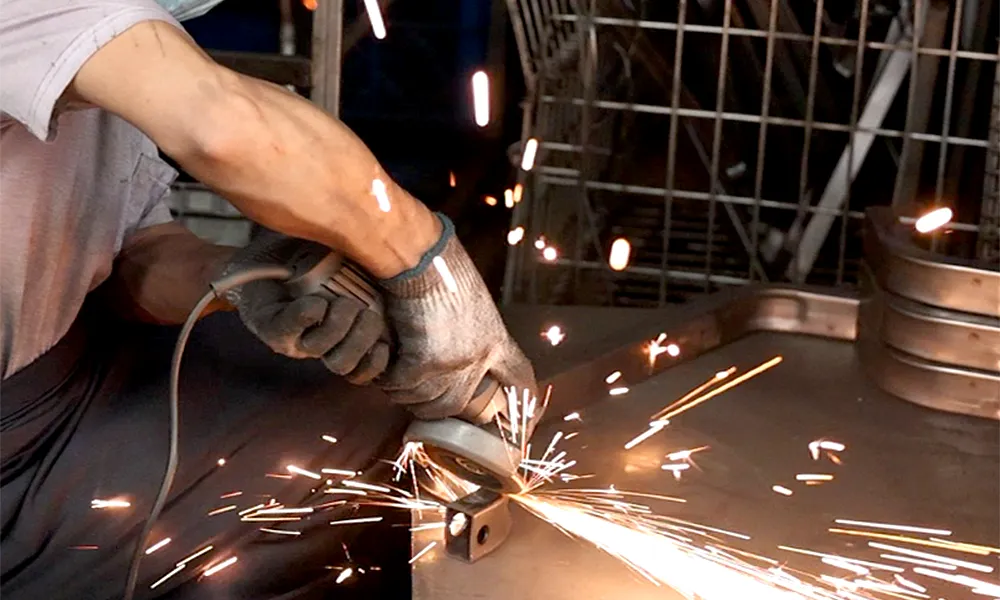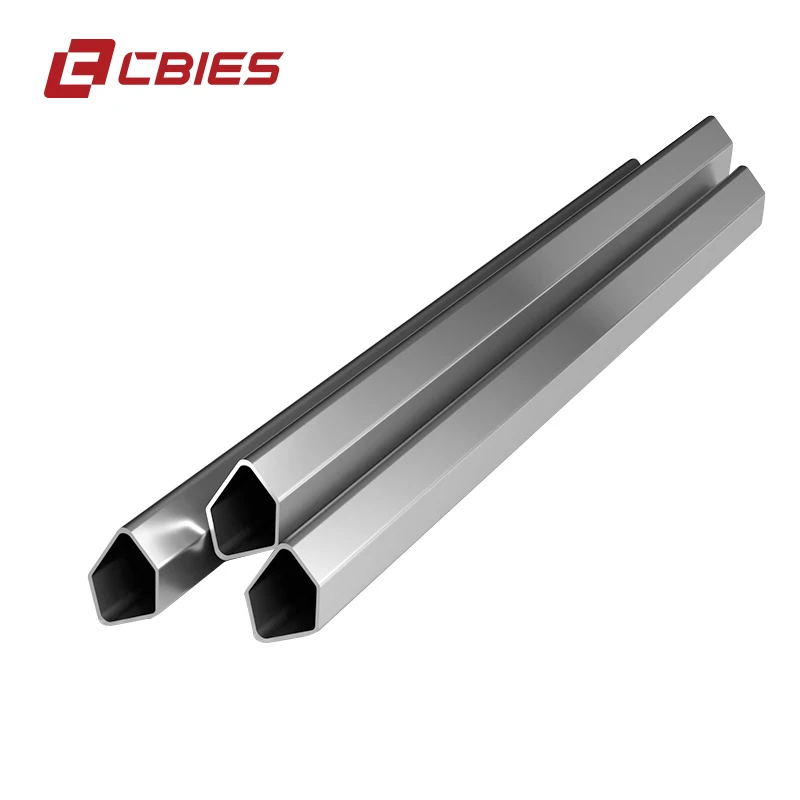Tube flattening
2 月 . 15, 2025 08:38
 Welding thin wall stainless steel tubing requires a delicate balance of expertise
Welding thin wall stainless steel tubing requires a delicate balance of expertise, precision, and experience to ensure optimal results. This type of welding is critical in industries like automotive, aerospace, and medical equipment manufacturing, where precision and durability are paramount. This article delves into tailored techniques, expert insights, and the tools needed to perfect this craft.

Understanding the Nature of Thin Wall Stainless Steel Tubing
Thin wall stainless steel tubing is a versatile material known for its strength, corrosion resistance, and lightweight properties. Its thickness, generally measuring less than 0.065 inches, presents unique challenges during the welding process. Unlike thicker materials, thin wall tubing is prone to warping and burn-through, which demands a precise and controlled approach.

Essential Techniques for Welding Thin Wall Stainless Steel Tubing
TIG Welding Precision
Tungsten Inert Gas (TIG) welding is the preferred method for joining thin wall stainless steel tubing. TIG welding offers superior control over heat input, crucial for preventing distortion and achieving high-quality welds. The welder's expertise plays an essential role in adjusting the amplitude of the heat and applying it precisely into the joint. The precise control of TIG welding minimizes the risk of overheating, ensuring the integrity of the tubing.
Pulse Welding for Heat Management
Pulse TIG welding is an advanced technique that involves alternating between high and low current levels, allowing the base metal to cool slightly between pulses. This method reduces the heat input, minimizing distortion and ensuring the weld pool does not compromise the tubing's thin walls. Welders with specialized skills in pulse welding can achieve remarkable results, enhancing the tube’s structural integrity and appearance.
Choosing the Right Filler Material
Selecting the correct filler metal is crucial as it influences the mechanical properties and longevity of the weld. Stainless steel fillers compatible with the base metal ensure consistent corrosion resistance and strength across the joint. Type 308L or 316L fillers are common choices due to their low carbon content, reducing the risk of carbide precipitation and enhancing corrosion resistance.
Expert Insights and Advice
Pre-Weld Preparation
welding thin wall stainless steel tubing
Preparation is fundamental to successful thin wall stainless steel welding. Cleaning the surfaces to remove contaminants like oils, rust, and mill scale is essential. Even small impurities can lead to weak welds or defects. Professionals recommend using a clean cloth or dedicated stainless steel brushes to avoid cross-contamination.
Fixture and Alignment
In high-precision applications, proper fixture and alignment of the joints ensure accurate assembly. A well-designed fixture holds the tubing securely, preventing movement during welding. This stability is crucial for maintaining consistent gap spacing and ensuring a uniform weld bead.
Post-Weld Treatment
Post-weld treatments, such as passivation, are critical for restoring the corrosion-resistant properties of stainless steel. The welding process can disrupt the natural chromium oxide layer, making the metal susceptible to corrosion. Passivation treatments restore this layer, ensuring the longevity of the welded structure.
Tools and Equipment for Superior Results
Using high-quality, fine-tuned tools is indispensable for working with thin wall stainless steel tubing. Investing in a reliable TIG welder with pulse capabilities, a high-frequency start, and a stable arc is non-negotiable for precision work. Torches with flexible heads increase maneuverability, allowing welders to reach challenging angles without compromising the weld’s quality.
The Importance of Training and Certification
Welding thin wall stainless steel tubing is not only a test of skill but also an art that requires continuous training and updates on the latest technologies and methods. Certification from recognized institutions ensures that welders are proficient in the industry’s best practices, giving them an edge in executing intricate projects with precision and confidence.
Trust in the Professionals
Achieving excellence in welding thin wall stainless steel tubing does not only come from technical prowess but also from the trust in professional welders who understand the nuances and demands of the task. Their expertise, honed through years of experience, is crucial to delivering results that meet the high standards required by demanding industries.
In conclusion, mastering the art of welding thin wall stainless steel tubing involves a combination of expert techniques, proper equipment, and a deep understanding of the metal’s properties. This specialized skill is essential in crafting robust and precise components that withstand the tests of time and usage in various high-stakes applications. Investing in professional training and adhering to industry standards will ensure that your welding projects are not only successful but also sustainable in the long term.


